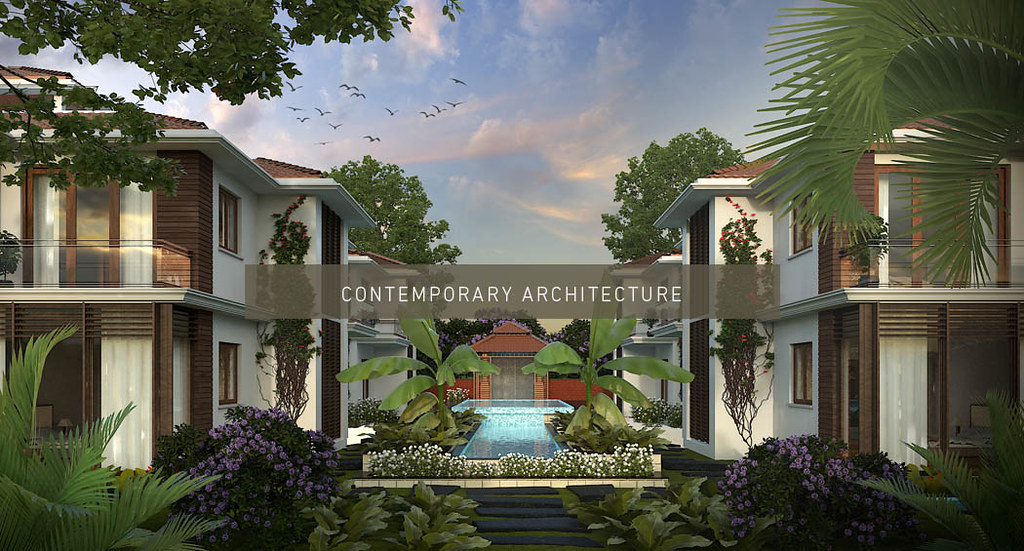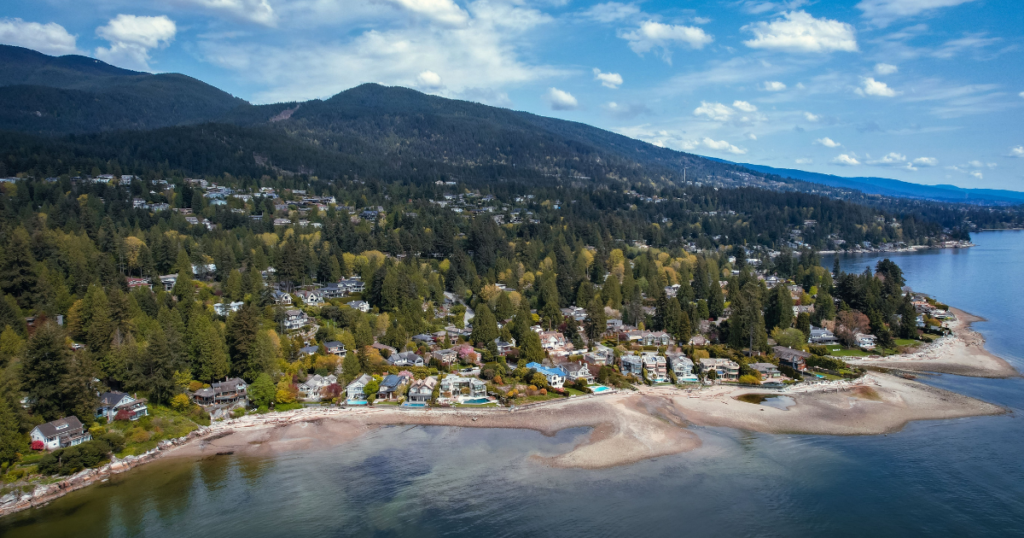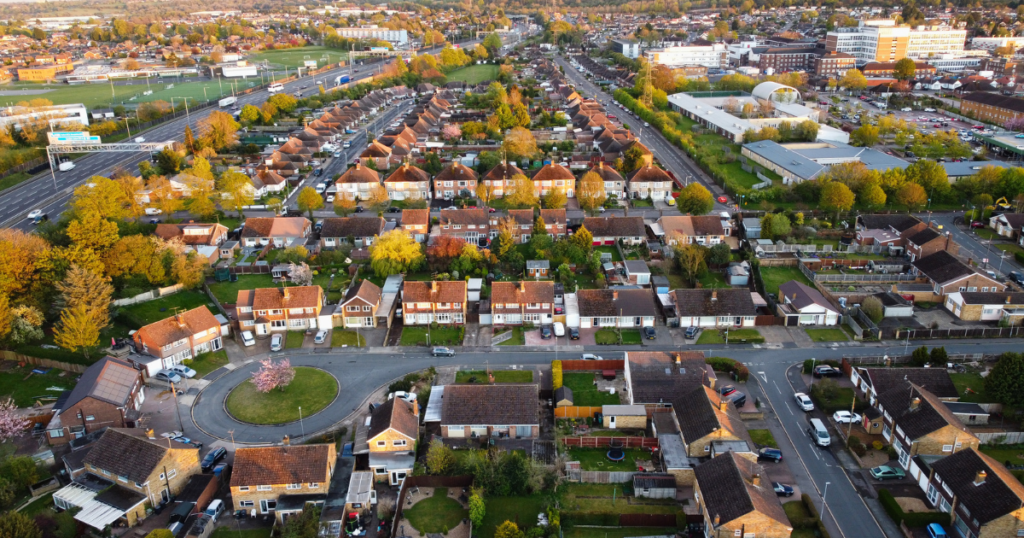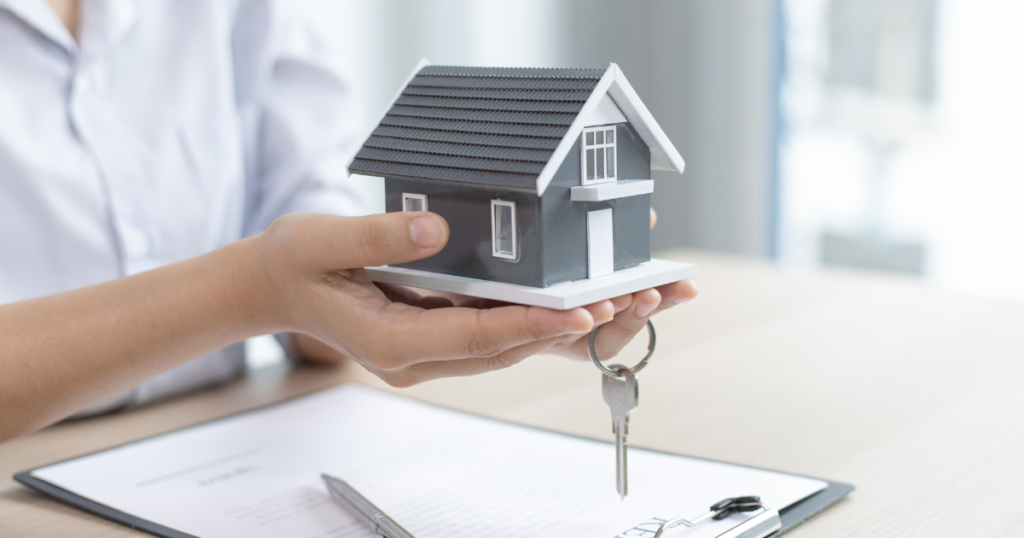British Columbia, known for its stunning natural landscapes and commitment to environmental conservation, has emerged as a hub for innovative and sustainable living.
With a focus on reducing carbon footprints and embracing eco-conscious lifestyles, homeowners in British Columbia are leading the way in constructing and adopting eco-friendly homes.
In this article, we will explore the various aspects of eco-friendly homes in British Columbia and how they are shaping the future of sustainable living.
Related: Top 15 family-friendly neighborhoods in British Columbia

What is an Eco-Friendly Home?
An eco-friendly home, also known as a green home or sustainable home, is a residence designed and built with a focus on minimizing its impact on the environment.
These homes prioritize energy efficiency, water conservation, use of renewable resources, and reduction of carbon emissions. They are designed to maximize comfort, health, and sustainability while minimizing the use of non-renewable resources and harmful chemicals.
Eco-friendly homes often incorporate features such as solar panels, rainwater harvesting systems, efficient insulation, natural lighting, and sustainable building materials.
By adopting eco-friendly practices, these homes contribute to a healthier planet and can provide long-term cost savings for homeowners.
Related: Affordable homes in British Columbia
What are the Benefits of Eco-Friendly Homes?
Eco-friendly homes offer a range of benefits that extend beyond just environmental conservation. These benefits include:
- Reduced Energy Consumption: Eco-friendly homes are designed to be energy-efficient, resulting in lower energy consumption and reduced utility bills.
- Lower Carbon Footprint: By utilizing renewable energy sources and reducing reliance on fossil fuels, eco-friendly homes help reduce greenhouse gas emissions and combat climate change.
- Improved Indoor Air Quality: These homes often incorporate proper ventilation systems, non-toxic building materials, and filtration systems, promoting healthier indoor air quality for residents.
- Water Conservation: Eco-friendly homes employ water-saving fixtures, rainwater harvesting systems, and efficient irrigation techniques, leading to reduced water consumption and conservation of this precious resource.
- Cost Savings: Over time, the energy-efficient features of eco-friendly homes can result in significant cost savings on utility bills.
- Enhanced Comfort: Proper insulation, natural lighting, and efficient heating and cooling systems create a comfortable living environment inside eco-friendly homes.
- Increased Property Value: With growing awareness and demand for sustainable living, eco-friendly homes tend to have higher property values and attract environmentally conscious buyers.
- Health Benefits: Non-toxic materials and improved indoor air quality contribute to a healthier living environment, reducing the risk of respiratory issues and other health problems.
- Resilience to Climate Change: Eco-friendly homes are often designed to withstand extreme weather events, which is becoming increasingly important in the face of climate change.
- Preserving Natural Resources: By using sustainable building materials and reducing waste, eco-friendly homes help protect natural resources and minimize environmental degradation.
These benefits make eco-friendly homes an attractive choice for homeowners who value sustainability, comfort, and long-term cost savings.
Related: First-time home buyer tips in British Columbia
Can I find Eco-Friendly Homes in British Columbia, Canada?
Yes, you can certainly find eco-friendly homes in British Columbia (BC), Canada. BC is known for its commitment to environmental sustainability and has been a leader in the green building movement.
This region offers a variety of eco-friendly homes, ranging from urban apartments with sustainable features to rural houses designed for minimal environmental impact. Here are some key aspects to consider:
1. Green Building Initiatives: BC has several initiatives and programs promoting green building practices. The province’s building codes and regulations increasingly support sustainable construction, encouraging the development of eco-friendly homes.
2. Availability in Major Cities: In cities like Vancouver, Victoria, and Kelowna, there’s a growing trend towards eco-friendly residential developments. These urban areas often feature buildings with energy-efficient designs, green roofs, and sustainable materials.
3. Rural and Suburban Options: Outside the urban centers, you can find eco-friendly homes that take advantage of BC’s natural setting. These homes often incorporate renewable energy sources like solar and wind power, and may also include features like rainwater harvesting and on-site wastewater treatment.
4. Innovative Design and Technology: BC is home to many architects and builders who specialize in sustainable design. They employ innovative technologies and methods to create homes that are both eco-friendly and modern.
5. Real Estate Listings and Eco-Friendly Builders: When searching for eco-friendly homes in BC, look for real estate listings that highlight green features. Additionally, connecting with builders who specialize in sustainable construction can provide more personalized options.
6. Community Projects: Some communities in BC are dedicated to sustainable living, offering housing that’s designed to have a low environmental impact. These communities often feature shared resources and amenities that promote a green lifestyle.
7. Government Support and Incentives: The BC government offers various incentives for energy-efficient homes, including rebates and support for homeowners looking to retrofit their properties with eco-friendly features.
Overall, British Columbia’s natural beauty, combined with its commitment to sustainability, makes it an ideal place to find an eco-friendly home. Whether you’re looking in a bustling city or a tranquil rural area, BC offers a range of options for those seeking a sustainable living space.
You might like: Things to do in the Okanagan Valley
Some Communities in BC that are Dedicated to Sustainable Living
1. OUR Ecovillage: Located on a 25-acre site, OUR Ecovillage is a regenerative living demonstration site and education center. It hosts multiple non-profits and community-based organizations and focuses on sustainability and regenerative practices.
2. Kakwa Ecovillage Cooperative: This cooperative community is situated on 540 acres in a beautiful mountain valley, adjacent to a glacier-fed salmon river. They promote sustainable living practices and emphasize ecological stewardship.
3. Earthworks Eco Villages: Earthworks Eco Villages is an ecovillage organized around ecology and sustainability1. They engage in activities related to the Transition Town movement, which aims to create resilient, post-petroleum, and off-grid communities.
4. Blue Jay Lake Organic Farm & Community: Located on Cortes Island, BC, Blue Jay Lake is a sustainable community and organic farm spread across 350 acres. They prioritize organic farming, off-grid living, and sustainable practices.
5. Eco Living Community: Operating in Northern British Columbia, Eco Living Community collaborates with and within communities to implement climate solutions and build capacity for self-sufficiency.
These communities exemplify the commitment to sustainable living and offer opportunities for individuals to embrace eco-conscious practices and live in harmony with nature.
What are the Key Features of Eco-Friendly Homes?
Eco-friendly homes, designed with sustainability and environmental impact in mind, incorporate various features and technologies to reduce their carbon footprint and enhance efficiency.
If you are interested in eco-friendly homes in British Columbia, below are the key features:
1. Energy Efficiency: One of the most important aspects of eco-friendly homes is their ability to use energy more efficiently. This includes the installation of energy-efficient appliances, LED lighting, high-quality insulation, double or triple-glazed windows, and efficient heating and cooling systems.
2. Renewable Energy Sources: Many eco-friendly homes incorporate renewable energy sources such as solar panels, wind turbines, or geothermal systems. These systems reduce reliance on fossil fuels and can significantly lower utility bills.
3. Sustainable Building Materials: Eco-friendly homes often use materials that are sustainable, recycled, or sourced from renewable resources. This can include bamboo flooring, reclaimed wood, recycled metal or glass, and low-VOC (volatile organic compounds) paints.
4. Water Conservation: Features like low-flow toilets and showerheads, rainwater harvesting systems, and drought-resistant landscaping (xeriscaping) are commonly used to minimize water usage and wastage.
5. Indoor Air Quality: Good indoor air quality is essential for a healthy living environment. Eco-friendly homes often use materials and finishes that emit fewer toxins, and they may include advanced ventilation systems to ensure a constant supply of fresh air.
6. Waste Reduction: During construction and operation, these homes aim to reduce waste. This includes using construction methods that minimize waste and implementing systems for composting and recycling.
7. Smart Home Technology: Many eco-friendly homes incorporate smart technology to further enhance efficiency. This can include automated systems for controlling lighting, temperature, and energy consumption.
8. Natural Lighting and Ventilation: Designing homes to maximize natural light and ventilation can significantly reduce the need for artificial lighting and air conditioning, thereby conserving energy.
9. Green Roofs and Living Walls: Some eco-friendly homes feature green roofs or living walls, which are covered with vegetation. These features provide insulation, reduce rainwater runoff, improve air quality, and help with temperature regulation.
10. Passive Solar Design: Utilizing the sun’s energy for heating and cooling is a key feature of many eco-friendly homes. This involves designing the home’s layout, windows, and materials to collect, store, and distribute solar energy in the form of heat in the winter and reject solar heat in the summer.
These features not only make the home more environmentally friendly but often result in a more comfortable, healthier living space for the inhabitants, as well as potential cost savings in the long term.
Recommended: Best wineries in the Okanagan Valley
The Cost of Buying/Building an Eco-Friendly Home in BC
When it comes to the cost of buying or building an eco-friendly home in British Columbia, Canada, there are several factors to consider. Here is some information I found from my search:
- The typical cost to build a home in Canada ranges from $120 to $275 per square foot. However, the price for an eco-friendly home is slightly higher, ranging from $250 to $350 per square foot.
- Sustainable homes in Canada tend to sell between 0.5% to 2% more than average homes.
- The cost of building a sustainable home in the Okanagan region of British Columbia may include a premium cost.
- Building a green home can have various additional costs depending on the level of sustainability. For example, an Energy Star home may cost an extra $8,000 to $10,000, an R-2000 home may cost $30,000 to $40,000, and a net-zero home may cost $100,000 to $150,000 more.
- Building a fully green home typically costs 20% to 30% more than a conventional home.
- There are affordable options available for sustainable homes, such as the GO Home, with prices ranging from $165,000 for 600 square feet to $609,000 for 2,300 square feet.
It’s important to note that these figures are approximate and can vary depending on factors such as location, size, design, materials used, and additional features.
Working with a reputable builder and conducting thorough research will help you get a more accurate estimate for your specific needs.
Top 3 Eco-Friendly Home Builders in British Columbia
The top three eco-friendly home builders in British Columbia are:
1. Green Island Builders: Known for creating customized spaces that uniquely reflect the homeowner’s preferences, Green Island Builders specializes in developing simplified living solutions.
They focus on practical eco-friendly architectural details, material recycling, preserving existing structures, and eliminating environmentally harmful practices.
2. Green Emerald Construction: Located in Salmon Arm, this Energy Star-certified company is renowned for building energy-efficient and green homes.
They integrate cost-effective and eco-conscious features into home designs, including Insulated Concrete Forms (ICF), energy-efficient HVAC systems, LED lighting, and airtight construction.
3. Blackfish Homes: Founded in 2005, Blackfish Homes has been a pioneer in eco-friendly green home construction, integrating advanced technology and sustainable home ideas into their designs.
They are recognized for their clear-cut designs and environmentally-oriented solutions, creating homes that are both functional and stylish.
Conclusion
Eco-friendly homes in British Columbia showcase the synergy between innovation, sustainability, and captivating aesthetics.
From energy-efficient features to water conservation practices and community initiatives, these homes exemplify a commitment to preserving the environment while providing a high standard of living.
As more individuals embrace eco-friendly living, British Columbia continues to lead the way towards a greener and more sustainable future.



